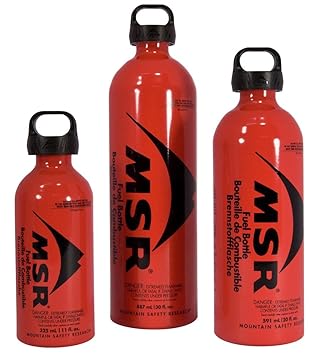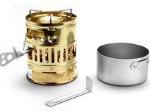I've used both multi-fuel stoves (well, one, anyway) and a canister-fueled stove. Both are fine. I prefer the canister type for convenience.
Since the canister has the fuel canister and the stove valve, there are two leak points, only one of which is something I can screw up, and that's assuming I got lazy and left the canister on. I prefer to remove it completely. Screw the canister on, fire it up, cook, shut it down, unscrew the canister and put it away. Simple.
With the multi-fuel stove, the tank cap and the fuel bottle (I use an aluminum fuel bottle) both need to be secure. I've also got a tiny funnel to facilitate fueling the stove's tank, and that needs to be cleaned and dry.
As both are in common use backpacking in the Rockies, they are both safe for altitude flights.
Of course if you run out of canister fuel you're out of fuel; the multifuel stove can be refilled from the sump. Along with the energy comes a dose of lead. Your choice. Burn unleaded and that issue goes away.
I timed a couple canisters cooking at home and learned what I'd need for a trip, but it's been a while now and I'd need to do that again for next time.
Dave







